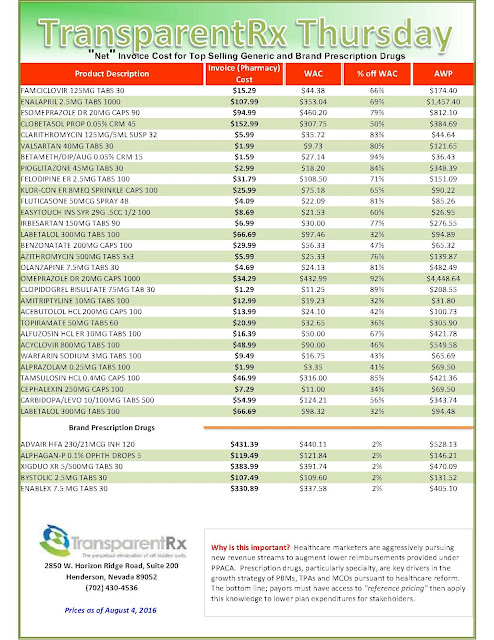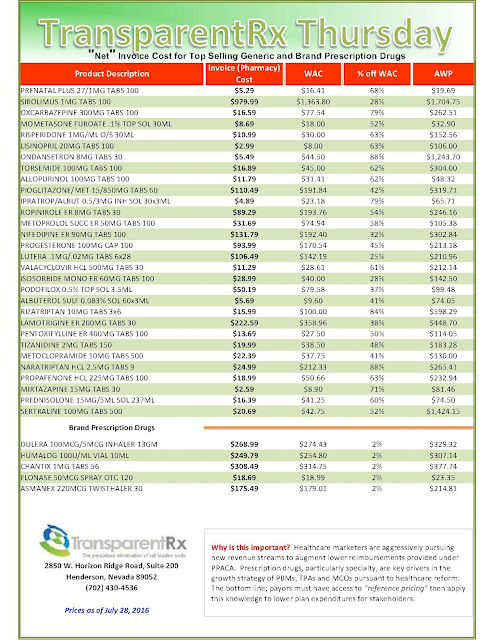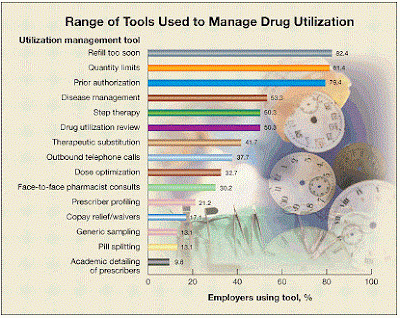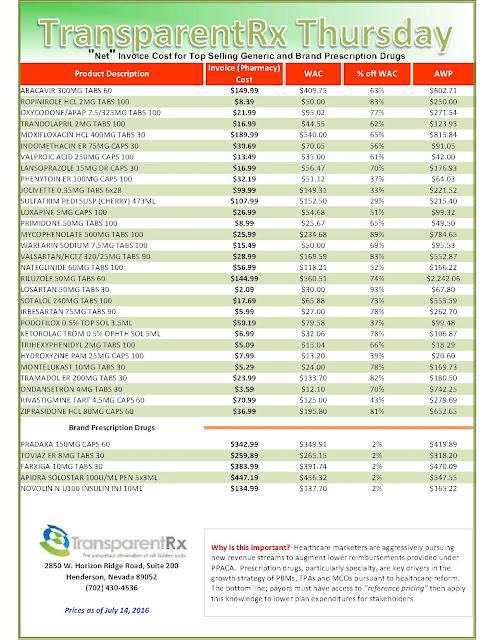In-Office Dispensing: A Better Value?
 |
| Click to Enlarge |
Today, almost half of US community oncology practices have an in-office dispensing (IOD) program, and that number continues to grow. However, due to the burgeoning volume of pricey oral oncolytics coming to market, IODs are now competing with retail pharmacy chains, pharmacy benefit managers (PBMs), and a growing number of independent specialty pharmacies.
With increased competition, the challenge IOD practices now face is to prove the value of what they do. Why should drug manufacturers continue to allow them access to their drugs? Why should health plans and pharmacy benefit managers allow them in their networks? What benefits do IODs offer that other pharmacy channels cannot deliver?
Fortunately, as value-based reimbursement models emerge in the oncology market, including the recently launched Oncology Care Model (OCM) pilot, IODs are well positioned to demonstrate their superiority to other pharmacy channels.
In broad terms, IODs can provide better patient care and outcomes—at lower cost—through a more clinically integrated and streamlined process. It is useful to describe the value IOD brings to physicians, patients, payers, or manufacturers in two ways: having the pharmacy closer to the patient and having the pharmacy closer to the physician.
Benefits of a Pharmacy Closer to the Patient
Having the pharmacy closer to patients allows them greater convenience and improves their overall healthcare experience. Because cancer treatment can be exhausting, patients often do not have the time, energy, or mobility to search for and coordinate with a pharmacy that can fill their prescriptions. It is important to recognize that costly oral oncolytics usually cannot be found at the local pharmacies most patients use regularly.
These drugs are only available through a limited number of pharmacies, which are knowledgeable on specialty medications and equipped with the capabilities to support patients before and after they begin therapy. These pharmacies are often selected by the manufacturer or payer. Consequently, it’s often confusing to patients which pharmacy must be used.
Cancer care for patients can be greatly simplified and better coordinated at a practice with IOD. Using pharmacy management software, staff can help patients determine insurance coverage, complete payer-imposed prior authorizations, and most important, find copay assistance when very expensive therapies are needed.
All of this can be done while the patient is in the clinic receiving other treatment or visiting the oncologist. In addition, the actual dispensing of the drug can be synchronized with other elements of the patient’s regimen, whether it be surgery, radiation, or infusion. These examples of better coordinated care equate to a faster treatment time and greater patient convenience—a shared goal of all healthcare stakeholders.
A common challenge to payers is oral oncolytic drug waste. This waste is usually created because pharmacies will typically fill a 30-day supply that is more than needed because the patient will frequently discontinue or delay therapy for a myriad of reasons, such as intolerance or tumor progression.








